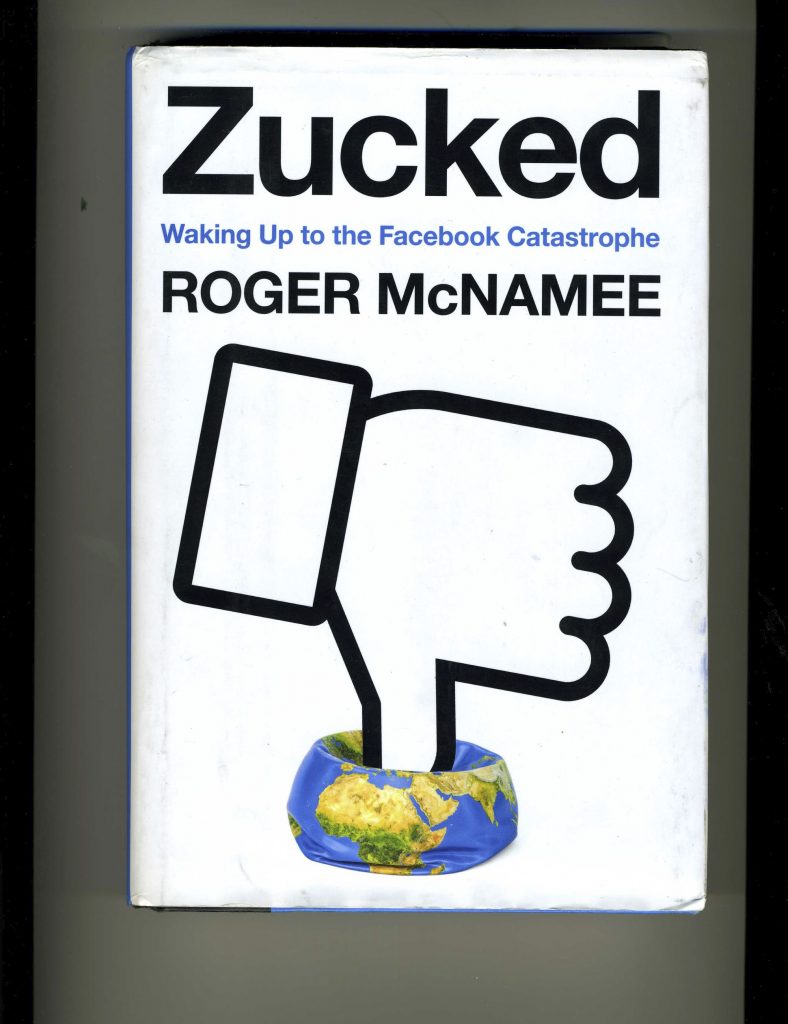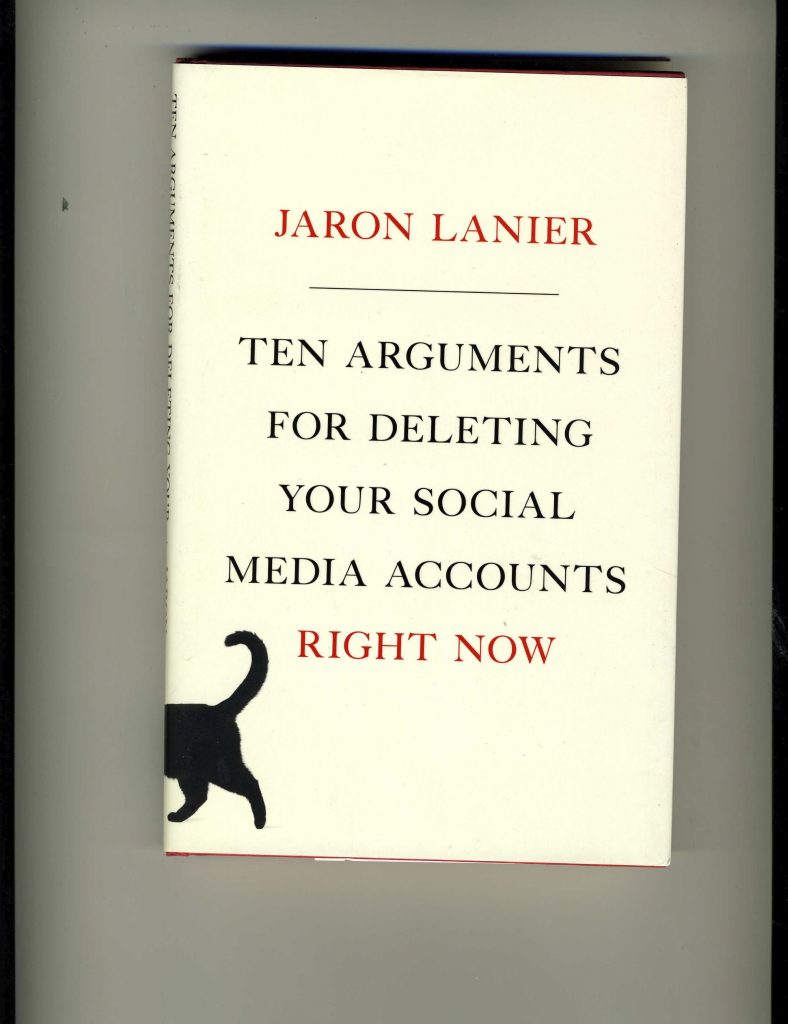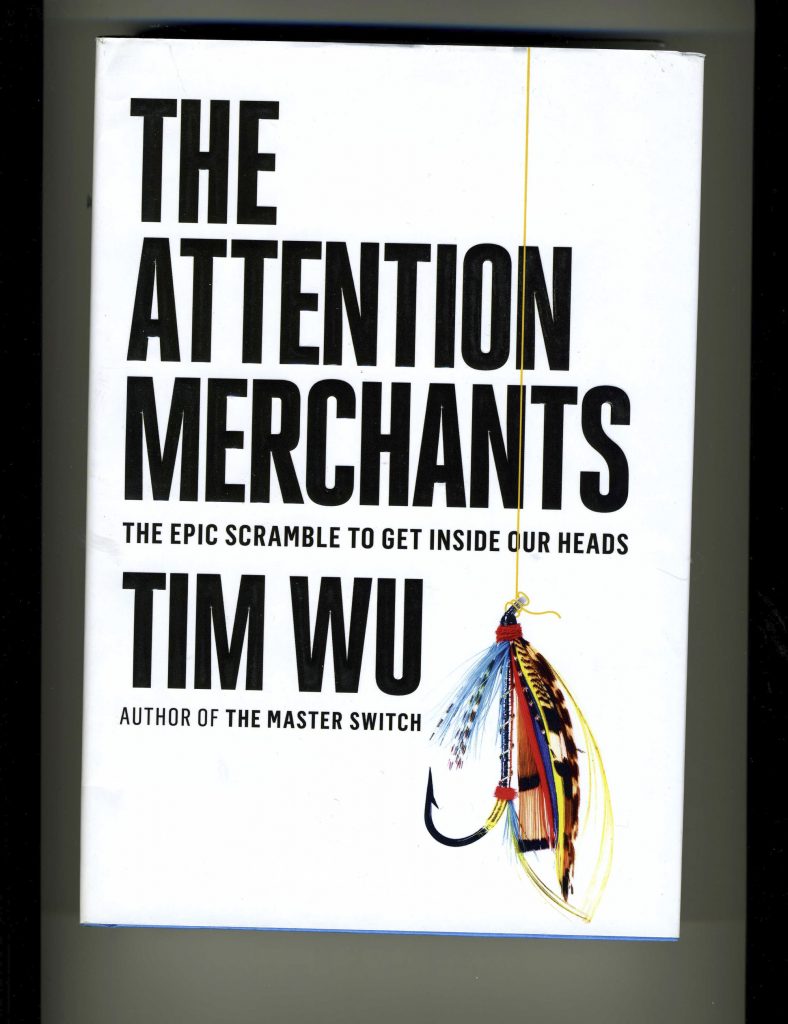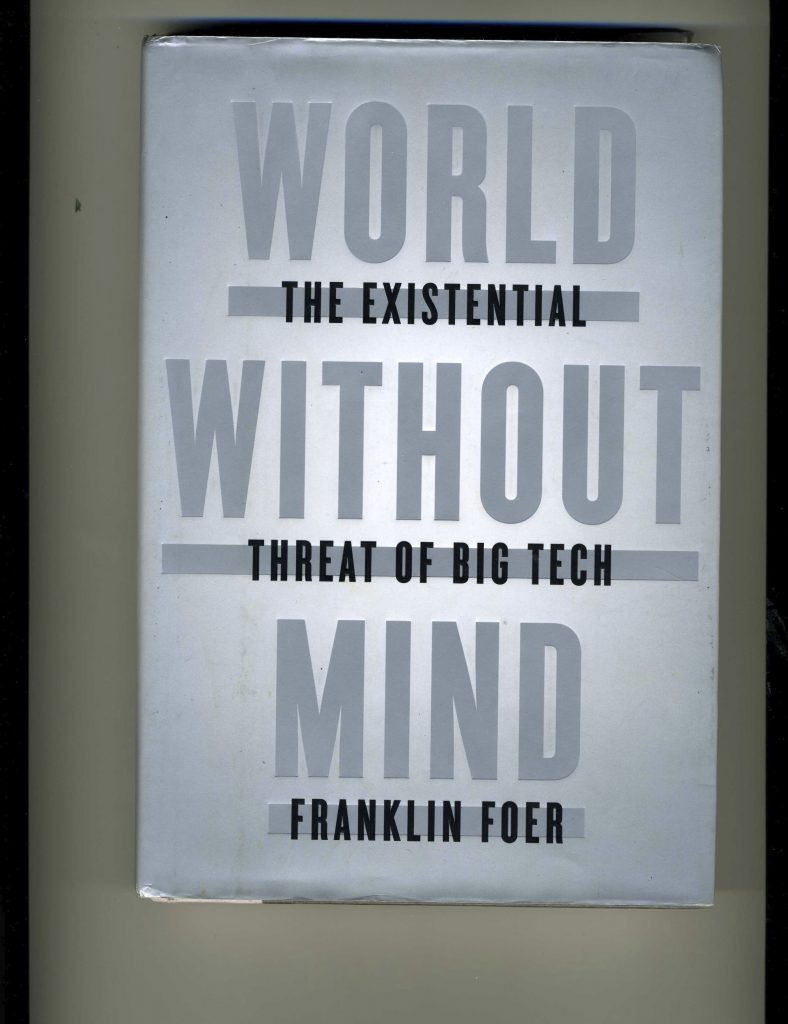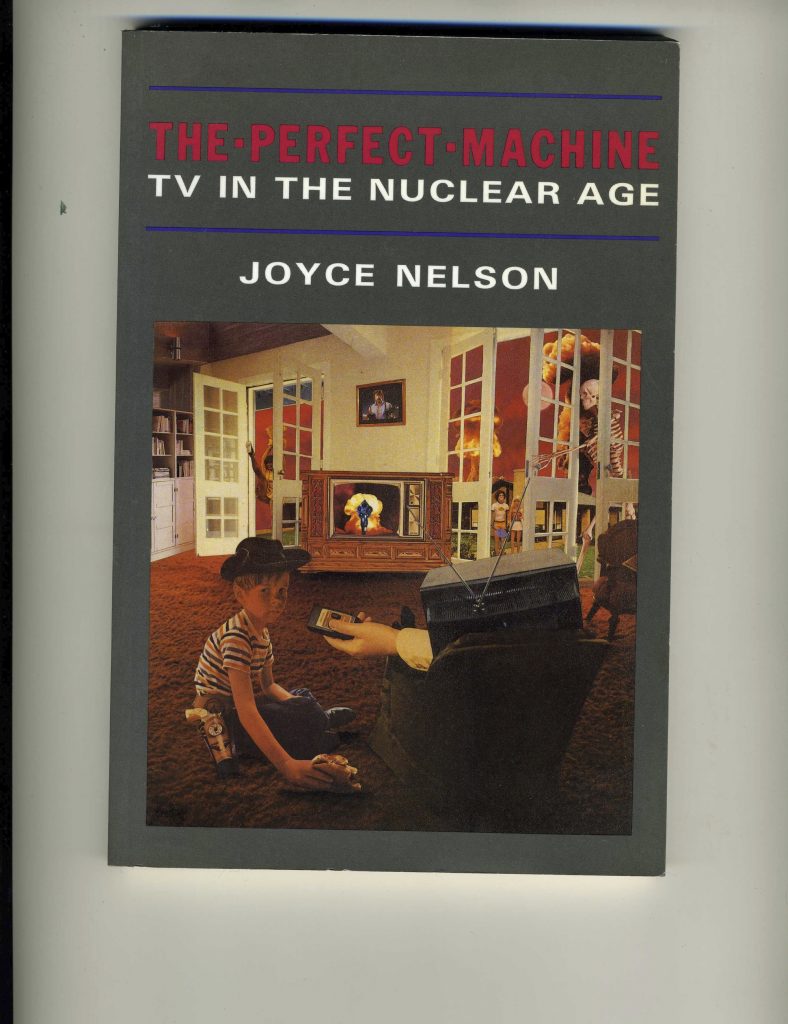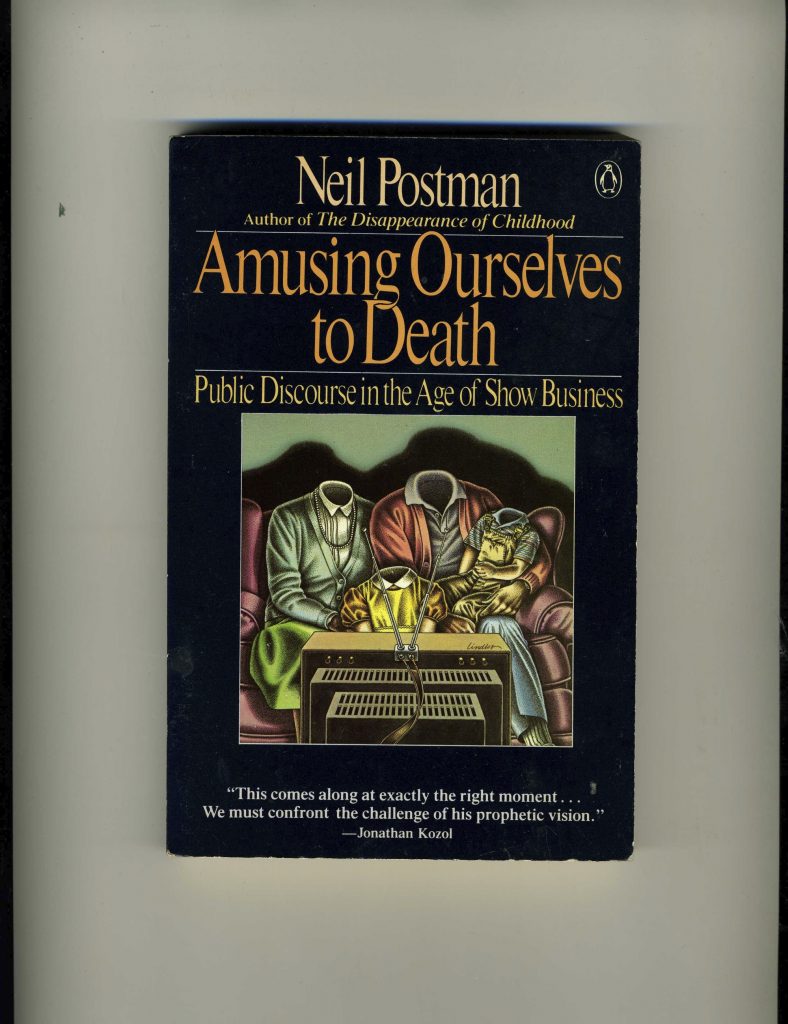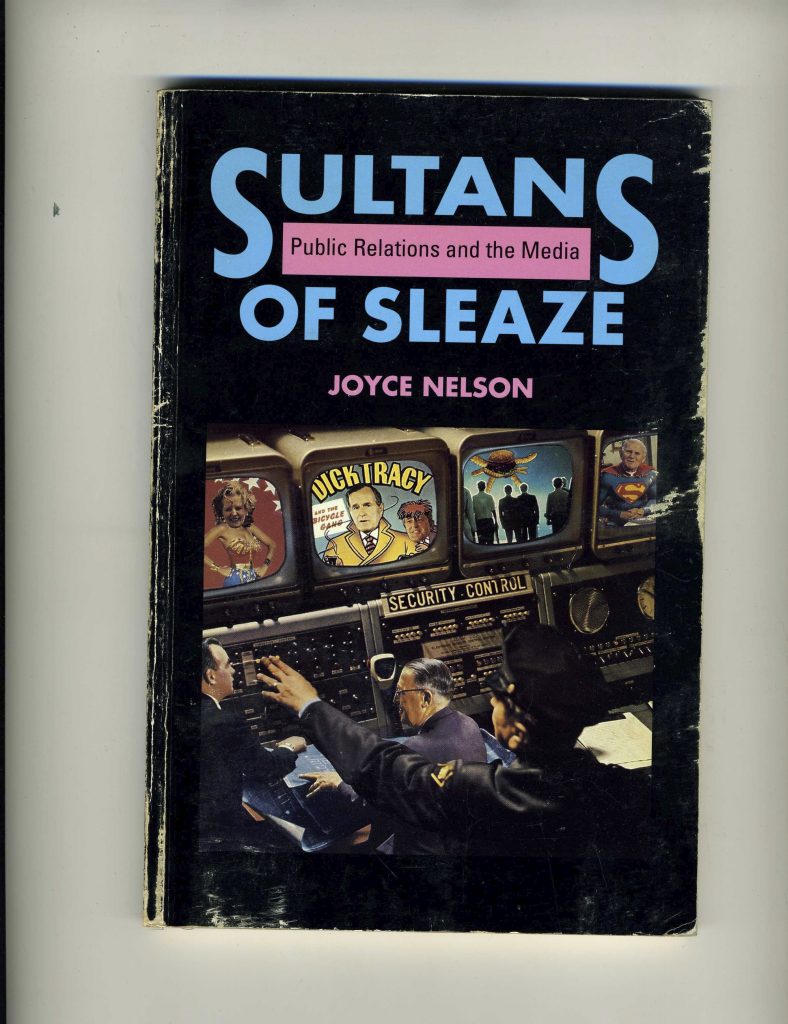
Why a ‘still’ image? Why ‘still’? Why name my website “A Still Image?” What does stilln Why would I choose for my photography to pursue the still image? ess suggest? It might be helpful to ask how a still image differs from a moving image.
The purpose here is not to extol the still image and disparage the moving image. The two are compared in order to explore the idea of stillness. While both an stunning still image and an exquisite weaving of moving images and sound can take our breath away, how we engage with each and the agency for each seems to me quite different and suggest a particular quality that stillness offers.
By exploring that difference, I hope to encourage you not to abandon stillness in favour of motion, for while they both helps us to find our way through life, the experience of being inside stillness and the experience of being inside a world of moving images are different. In stillness we see ourselves in a particular, human way, the inner self of our own internal imagination, secret dreams and private fantasies as opposed to being caught up in the continually moving, changing images of motion at 24-30 images a second that guide us through not our own but another’s perspective on the world, their agenda. It is not a bad thing at all to stand in another’s shoes, to know more of their life, learn empathy for others through moving images, but there is another way for connecting to others and the world we live in, and that is by going inward, through the still image, becoming still. I believe examining the effect of the still and the moving image on us helps us to be clear with choices we make for our lives.
Attention
In social media, use of the moving image has taken over predominance for marketers from the use of the still image. Before that, the still image had supplanted text as the tool of preference for social media strategists. And the purpose for one over the other: to better attract your attention. Well, maybe more precisely, it’s not so much attracting your attention as distracting it, stealing your attention from what you had intended to do. And best now in the game for stealing your attention in the social media clutter is the moving image.


With changes in technology and the accompanying confluence of notifications and pings, speed scrolling and inundation of messages flooding our in-feeds, (so much competing for our eyes), in the midst of all that amassing of messages, the bit of moving image on the screen does abetter job at getting us to stop and pay attention. Much better than the still image. And certainly much better than text.
My writing on this blog of these longer pieces is not good social media practice, not suited for mass communication in today’s melange of vibrating images, while so much else is pinging us away, has no chance to compete with dazzling eye candy. So I’m not flipping cartwheels in social media feeds to grab you, coerce you to pay attention to me. I don’t want to draw your attention away from what’s important to you, turn you away from your intention for your time, button-holing you to look at me, like me.
Instead, I’m asking you to trust the moment, trust your own self, that the time reading this is what you feel you need to do. I’ll trust you’ll just want to read on until you don’t – without using sophisticated tricks to keep you reading, without manipulating your time and attention in order to coerce you to buy into my agenda. In fact, that’s kind of the point of what I say below, by the end, to suggest that letting yourself find your own way, to trust your own self first, is a good approach to take, a good thing for you.
Engagement
A still image holds a moment in suspension. In contrast, the moving image is 24-30 different frames a second. The moving image is about the next moment, about the anticipation. The moving image is setting up the next moving image, preparing us for what is to come, teasing us, enticing us forward. As a teaser, each moving image acts as a distraction from the present moment, is always about what’s ahead, what’s coming, not about where we are.
In contrast, the single frame of the still image is not about time moving on, but time held. The still image is about the contemplation of a single moment by trapping that moment, holding it in suspension, is about remaining in the moment by arresting time. With a stillness of view, one has a chance to examine and reflect on, rather than be taken from, distracted from, the moment one’s in.
Agency
Perhaps at stake is more than just the quality of our attention; also implicated in this comparison of moving and still imagery is agency of the image in the conduct of our lives. Along with a difference in their way of engagement with us, there is also a shift in agency, a difference between the still and moving image, that is, in who is telling the story. The story we live by.
A still image helps us to discover our own story; with the moving image, we buy into someone else’s story. With time held in suspension, with us contemplating that suspended moment we have only ourselves to explore. We observe the image with our imagination. Over time it becomes us. The still image is a tool of inquiry into our imagination, into our self-exploration.
In contrast, the moving image that is always about the next image, is leading us on, the series of images pulling us into its own construct, image by image to fashion a story before us. And as such, the story is one dictated by the image-maker. We just keep catching up with the story; there is no time for us to interject. As we are carried head-long through 24-30 frames, even 90 frames a second, there is no time for us to imagine. It its for us simply to judge, at the end, to give our assent to the message or dismiss it, including dismissing it with our indifference.
And there’s nothing wrong with another dictating to us, being the agent for our experience, taking us on their trip. The message or theme -that path the producer leads you down- might be a marketer’s attempt to extract your money for a product or support for an idea or enticement to some behaviour, but it also might be leading you to know better other worlds than your own or appreciate issues important to our collective lives.
I write this knowing full well the value of social media for rallying Black Lives Matter. The stories embodied in the imagery of Black Lives Matter are the stories of many people, and the brutality of the story is so shocking, it is has led many others peripheral to the experience to question and to act. It is not so much the story as agent of another, but more our concern should be for why they are taking us into their story, follow them down their pathway. In any case though, as I’m suggesting, no matter the value of the story whether it is a marketing campaign or issue of real social consequence as in Black Lives Matter, the story of the moving image works by setting the agenda for us.
With a still image the sense of suspended time takes us inward, in to our own story conjured in our imagination. Quite differently, the moving image carries us along in the wake of its agenda. Our role is not self-discovery but more to give assent or dismiss the message.
Ah, but hold on, you say. Are we not made to feel it is our story. Isn’t that the craft to place us in the story. Even to experience catharsis in that way the story becoming us? Absolutely, but there’s a difference between putting us in the story and the story being ours. Certainly we can find ourselves inside the story of the well-constructed moving image. That’s the point of good video. The marketer wants you to see yourself at that ocean resort sipping a cool drink as the sun warms your toned body. Or your fantasy life is engaged with a story of daring or your moral indignation fired up with some revealing documentary or your psyche healed with an archetypal fiction. But the basic distinction remains of the moving image drawing us into another’s story, another’s view of things, enticing us to become that, to enter that frame of the other, to find our self there. We are exposed to the story at the speed of 24 frames a second racing along someone else’s perspective, for us at the end to give assent or dismiss. In that story we may identify our values in the story of the other, and so discover a bond of community in shared values, but the discovery is a recognition through another’s perspective. And nothing is at all wrong with that, but it’s not the same as recognition by way of the still image.
The experience of stillness, a still image, is an entirely different engagement. Yes, if we only look casually at an image, it passes before us as tangentially as does any moving image. Research of people viewing art in a gallery measured the amount of time one looks at a piece of art to be on average 6 seconds. Other research shows viewers spending twice as long reading the label as they spend looking at the art work. This is not what I mean as the experience of a still image.
If instead one spends a long time with a single image, then over that time one takes a journey, and that journey becomes a journey within. Instead of a lantern as entering a cave, with contemplation of the still image we enter our own inner cave guided by the line and colour, shape and texture before us. These elements play with the structures of our dark self; the more we peer into the still image, the more access we have into our deeper self. Great images help us to discover something of ourselves we could not know otherwise. The artist’s work, as critic John Banneville describes, is not to convince us, but to awaken us, awaken us to our own self.
Do moving images not awaken us also, you might ask? Yes, emotionally and intellectually they stimulate us, but they direct us toward a response, that is, to assent or dismiss, not to discover something of our own being. The still image held in our meditation, awakens our being, so it seems to me, a different kind of awakening.
Meaning
Languishing in a moment captured in a still image, one is able to contemplate that moment, to be held in repose, to be transported from time-moving-on to the moment as it is, to examine our existence not our progress, to qualify not quantify the measure of our days . Experiencing the continual flow of moving images may also give one a sense of meaningfulness but the meaning generated by moving images is more a stimulation, often now an overstimulation, of one’s senses. That stimulation of the senses makes it seem to us something important has occurred when all that’s actually happened is we have undergone a continual barrage of our sensory receptors. Meaning comes at the end of the moving image experience, either through nudging us in the direction of the moving image message or by experientially changing our mind or with impatiently seeking the next stimulation. Meaning discovered by way of stillness goes below the surface of the life of our senses to the breath, that is life itself, the mystery given us in a breath and in a breath taken away. Another kind of knowing that sensory knowing, a knowing found only in stillness.
Quite differently then, meaning that comes from the stillness of contemplation is a meaning of inner knowing, going inside oneself, discovering what lies behind the outer experiences of the world by removing oneself from the experience of the outer world, stopping the movement forward and entering more into what is. The difference, I find, between assessing the message of the stream of moving images and contemplating a still image is the difference in seeing life as it is appears and seeing life as it is.
Only by slowing down and examining the received world do we determine meaning that has to do with our own Self. Having time to explore the suspended moment, as with a still image, leads us more deeply into the nature of things, not things as they appear, but things as they are. Only by suspending time, step away from time-moving on, can we imagine, dream, explore ethereal recesses, be open to the poetic echoes of the heart.
Questioning
Both the insight achieved with viewing moving images and the insight from contemplating a still image have value. The inner journey is not superior to involvement in civil society, to taking a stand and sharing common goals with others. Just different, not replaceable one by the other.
What is common to both is that life is questioned, both on the surface of life in our human society or below the events of life inside our longing, hopes and desires. Faced with the persuasive will of others, we question their story, decide for ourself if we concur or reject the message. Question the message to ensure the response is our own. Decide to join in or not. Equally, discovering the deep self within questions our orientation to life.
Stopping to examine and question ensures we exert control over our own lives, are not subject to control. but, we don’t seem to have time for that. With moving images we can get so caught up in the profusion of images, we don’t question the message; with so much of our lives in constant motion, the examination gets lost as we just keep going onto the next moment, and the next, and the next stimulation. Most people have no idea what they ‘liked’ even an hour before, let alone the day before.
The moving image takes us to a place the moving image determines. The danger is that if we are not asking questions -questioning- then the creator of the moving images is dictating our choices, shaping and nudging our assent. Living someone else’s agenda happens when without questioning we simply consume images that are nudging our choices, and messages that are shaping our behaviour.
Story Creator
What does this say then? Allowing the messengers of the content flooding our screens distract us and focus our attention on their priorities, follow along down their path, in the end to Like or Not, then the conduct of our life is determined largely by the agenda of that image-maker. And yes, they can be very good at convincing us it is our story. And it is here that we are most vulnerable to manipulation.
Oh, advertising doesn’t affect me, people say. Sorry. That is just not the case. The most sophisticated AI, the AI that has beaten humans at the game of GO, the gold standard for AI, well, what is the most sophisticated AI in the world being used for? That most sophisticated AI is used to choose your YouTube selections for what you are to see next. And what is the purpose of that? Well, it is to keep you there on the screen by tapping into your psychological hooks because the longer you are on the screen, the more money you make for them. Sorry. You can’t win against it, its nudging and shaping the direction of your life. You can’t win against brilliant marketing and sophisticated programming; they know you better than you know yourself. They know what colour of border stimulates you more than another. They target you personally, go after all your bits of profile that tell them how to light up your brain, things you don’t even know about yourself. They are brilliant at it. You don’t have a chance against their agenda.
FaceBook has over 25,000 unique points identifying your profile specifically, and in a far more sophisticated computation than humans can make, FB artificial intelligence knows all your emotional buttons and exploits them. It knows what time of day you are most vulnerable. Knows the very time, and uses that to target you when at your most vulnerable. Didn’t know that? That’s the problem. Social media can with high accuracy predict your behaviour. It knows in its sophisticated calculus before you do if you’re getting pregnant or facing divorce. AI, geared to their purpose is fed by big data. That’s why you are under constant surveillance, for example, by FB even if you’re not on FB. It’s why Pokemon GO was created: not to entertain you; to get all your data. If you downloaded the App you agreed to their terms of reference which including access to everything, absolutely everything on your phone and in your cloud.
However, if get sucked in to the luring vortex of a marketer’s strategy – Google, Amazon, IBM, Microsoft, Apple, TenCent, Alibaba, Baidu – letting them fix your attention, shape the course of your day, manage your behaviour, all without you realizing it, well, who would you think is running your life? Not you. Not really.
If instead you mange your own daily activity, choose what you intend rather than letting an activity choose you, as in scrolling your feed, a feed determined by the sophisticated social media techniques designed to hook you, that vortex you are drawn into, if you abandon it and choose what to fill your life with, make what you will with your time, your choice, then you yourself will determine your life outcome. By stopping, questioning, examining for yourself, choosing for yourself how you spend your time, then you get to run your own life; you make choices for your life, not have choices made for you by the creators of the distractions flying at you, pinging you with the hope that someone likes you, with the delusion that your well-being actually matters to anyone on the web seeking your attention.
That’s a big difference from the way most of us live now, most buying into the lure of social media, believing in the conceit that it is the great benefit to our lives. That someone on the web wants our attention for our sake, cares about us. Sorry to disappoint you. No. They don’t care about you. All the choices they make are for their own benefit. They will make your life very convenient, flatter you even, but it’s all because they make money off you from it. Social media tell us they give us the world, but they only offer what is needed to keep you online for as long as possible, the longer you stay the more money they make out of you. They feed us with the conceit of bringing us together, having us believe we are living in some kind of intimacy and relationship with others on social media when all we’re doing is surveilling each other on a screen, peering through a window at each other’s lives, snooping into each other’s goings on, as if that is connection, as if that is being together, as if scrolling through a screen of images of someone’s cat or dinner or a selfie of them beaming with excitement, that somehow we are engaged with them in a human relationship. As if. As if.
What social media really is about is not giving us the world but drawing us into their world, for their capital gain, to be used by all kinds of manipulators to draw us into their ideologies and world views and consumer products, not by giving us an informed choice but by taking surreptiticiously and cleverly every choice from us. Here’s a quote from those on the other side of the screen in a book about how to do business well:
Is your buyer on Twitter, Facebook, LinkedIn, Pinterest or any of the other many social networks? If the answer is yes, your next question is whether the buyer is doing anything through that social network that helps you understand how he or she makes the decision you want to influence….the fact that the website experience captures so much of the buying decision has triggered huge investments in tools that analyze and adjust the buyer’s interaction on the Web in order to facilitate increased sales.
Revella, A. (2015). Buyer Personas: How to Gain Insight into Your Customers’ Expectations, Align Your Marketing Strategies, and Win More Business. Wiley.
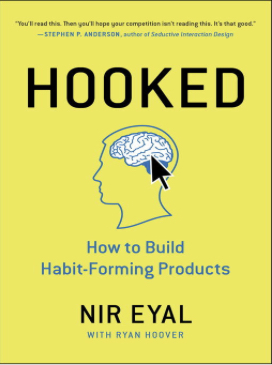
See Nir Eyal’s ‘Hooked: How to Build Habit Forming Products
The advice of Adele Revella above, Nir Eyal, or Vimeo at the top of the article can just be good business practice. We trust them to be astute and recognize societal values when using these analytical and behaviour shaping tools. But unfortunately it’s not the standard. There’s a dark side. If you wish to know more of the other side of social media than the shiny side of your screen, some insiders, those even present at the founding of the internet, now academics at Columbia and Oxford, for example, tell what they know from their time behind the curtain of the social media giants: James Williams, Stand Out of Our Light; Tim Wu, The Attention Merchants; Franklin Foer, World Without Mind; Roger McNamee, Zucked; Jaron Lanier, Ten Arguments for Deleting Your Social Media Accounts Right Now. As these writers reveal in detail with their insider knowledge, the very clever, unregulated social media giants manage by way of that addictive little screen activity, often illegally, to control your life. That’s what it comes down to, a submission we consent to in exchange for convenience.
You’ve probably heard people say they have nothing to hide so they are comfortable with giving all their online history and records to the media giants for the convenience and ease they provide. Unfortunately that’s not the tradeoff. Convenience is not exchanged for private information, but exchanged for the right of the companies to do whatever they want with the information, and what they do is nudge our choices, shape the world we view online and modify our behaviour to their advantage. I’m suggesting that’s not a good tradeoff because the sophistication of their AI is way beyond the critical skills of any one of us, and so our lives follow their agenda, are not our own.
This is not an indictment against technology, but certainly against the exploitation of technology by social media to use the tools of addiction and unrestricted surveillance of your online life to manipulate your life choices to the companies’ ends. We know without doubt that manipulation of social media tipped the vote over to the Brexit side and we know that was only practice by the same group to tilt and decide the American election in 2016 to secure a win for Donald Trump. Nothing to do in the end with the will of the people. It was a few people, unscrupulous people prepared to do anything for personal gain and ideological superiority who harness technology to dupe the technologically naive. You and me. No matter how smart we are in any other field. It was Cambridge Analytica, FB employees embedded in the Trump campaign, a small cabal of power-hungry people, with a lot of private self-interest money that has secured political power over us.
By not taking time to question for ourselves the messages received, we submit to another’s will, the messenger’s will, and so live not our own life but live in the life of another’s agenda. Thirty years ago the same choice was with television viewing, though that screen’s impact is only a shadow compared with today’s small screen influence. Back then I was saddened when walking along the street to see inside house after house a blue glow filling the living rooms. Many, many people were watching TV three, four, five hours a night, every night, chronically. I pictured inside those glowing blue rooms typically lifeless people sunk into a soft couch, expressionless faces, limp, immobile bodies, robotically eating chips and candy, blankly staring at the blue tube while watching on screen exuberant game show hosts and contestants hugging and jumping about, laughing with each other, cheering their successes, having a great ol’ time. The trick of our brain, and this is the sadness, is that in our imagination while watching all that fun, we think we are the ones having fun. As if.
It wasn’t enough that Joyce Nelson and Neil Postman and Jerry Mander warned us of the screen and its manipulation. Today everyone has the screen with them, all the time. Everyone of us subject to its influence. A young Uber driver who is preparing for law school told me he downloaded the app that monitors how much time one spends on the phone and on social media. He had no idea just by checking all his notifications, briefly checking his phone when waking up and going to bed, and surfing in his spare time that he was on the phone over ten hours a day. No idea.
By using the moving and still image analogy in this piece I’ve written, I’m suggesting a choice you have: either living someone else’s life by letting their agenda dictate to you, or instead, discovering the meaning of your own life.
Being Still
With the still image, the line and the light, the colour and the shape is not flashing by, is not about a barrage of stimulation. Instead, in the quiet of our contemplation, the line and light, colour and shape of the still image play on the structures of our perception, enter the deeper recesses of the black box of our unconscious. In a way it could be said the unconscious is who we really are. Ninety percent of the business of our brain is this black box for which we know nothing of how it functions. With contemplating the composition of a still image, its light and line, its colour and texture we are taken inward, taken into our own deep selves, take us to a knowing of self by tapping into the dark mind where our inner self resides. A worthy still image takes us below the surface of what we see, is not about things as they appear before us, but is about things as they are. About our humanity, how we are constituted, what touches our heart, our inner core, makes us feel something true and right about life.
As stillness takes us inward, it helps us to feel more for life … and so feel life more.
And strangely enough, as the sages teach, what we find within us is not an independent and individuated self, but our being, our being human, and in that, our being connected to and belonging to all things, a part of all things felt in our very being. Spending time to be within ourselves, explore the stillness of the heart, listen to the silence, there we discover our very being, that we belong to all of life. Not a connection Social media promises to deliver. Another kind. A discovery of what you do not know. The inner contemplation of our life is a place of discovery, illumination of new things for us because it is a place without agenda. It is a place of awakening.
Again to remind you, as literary critic John Banville describes, art is not about making a great statement; it’s about a gesture that awakens you, in a moment, awakens you.
What We Love
Different images will speak to different people for we are none of us alike. Find an image you love, for some reason love, something about it you love. In the stillness of the image you are drawn to by love, spending time there, you are able to imagine, dream, explore the inner recesses of your being. A famous photographer whose name I forget would regularly go into his art museum, take a stool, and for six or eight hours sit before one image discovering more and more as each hour passed. Emily Carr when painting in the west coast rainforest would spend most of the day sitting in place without lifting her brush to paint, waiting as she did until the trees before her spoke, told her about themselves, and only then did she paint, have something to paint.
Spending much time with a still image that we love slows us down. In this way, we find solace, like with a cup of tea, sitting alone by the window, a time to visit our own self, recognize our own place in humanity, listen to our Self within; and through that discovery of our humanity, find there our connection to all of the world, find in the stillness that our Self is in fact bound to all things, the sea, the sky, the seabirds, the people passing us by in the street, our being in its core to be one with them. This is only revealed when we visit our deepest being, away from the speed of life racing by. Why a ‘still’ image? To suspend time passing; to contemplate time being, being who we are.

Dreams and imaginings.
How is it with you?

